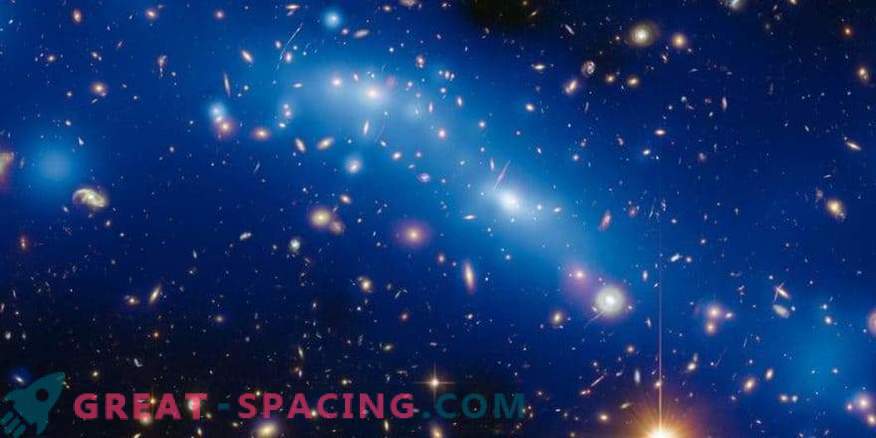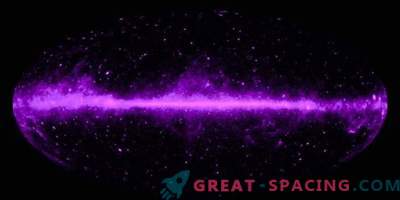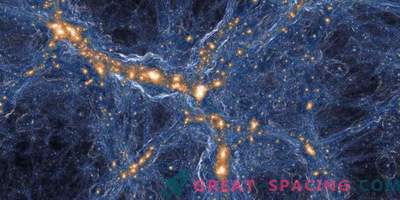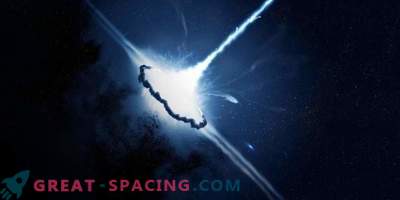
In an attempt to understand the Universe and its composition, there is a noticeable gap between what cosmologists and astrophysics are studying, and also how they do it - scale. Cosmologists usually concentrate on large spatial characteristics, such as galaxies and intergalactic environments. Astrophysicists are also interested in testing the physical theories of small and medium objects - stars, interstellar medium and supernovae.
However, these parties are in a kind of balance, especially if we consider the formation of the early Universe. The first supernovae are interesting to all, because the stars were massive, and their death led to the release of a huge number of heavy elements. For cosmologists, they are important because they caused cooling and changed the mass scale of the star formation.

Simulation demonstrates turbulent gas when a supernova collides with an adjacent halo of star formation
The researchers used the Edison supercomputer from Lawrence Berkeley National Laboratory for Scientific Research and created simulations to show how the heavy elements released from supernovae helped the first stars to settle the subsequent star formation.
Dark matter halo
Simulations of chemical enrichment of a dark substance with metals from a nearby supernova explosion were used for analysis. The team used several hundred thousand hours of data from NERSC to recreate two-dimensional and three-dimensional simulations.
Partial evaporation of a halo before the explosion plays an important role for the subsequent enrichment of the supernova. In addition, metals thrown out of the explosion affect the predictions of the amount of metals in the second-generation star and the galactic composition.
However, previous studies of cosmology did not connect the point between the formation of stars and galaxies in such details. This forced the researchers to apply a large-scale multiphysical approach with two different codes: ZEUS-MP (for evaporating the aureole) and CASTRO (to eliminate the collision of the ejected metal from the halo). Due to technical details, it is difficult to carry out such simulations, which is why scientists are so diligently trying to fill the gap between small and large scales.











































